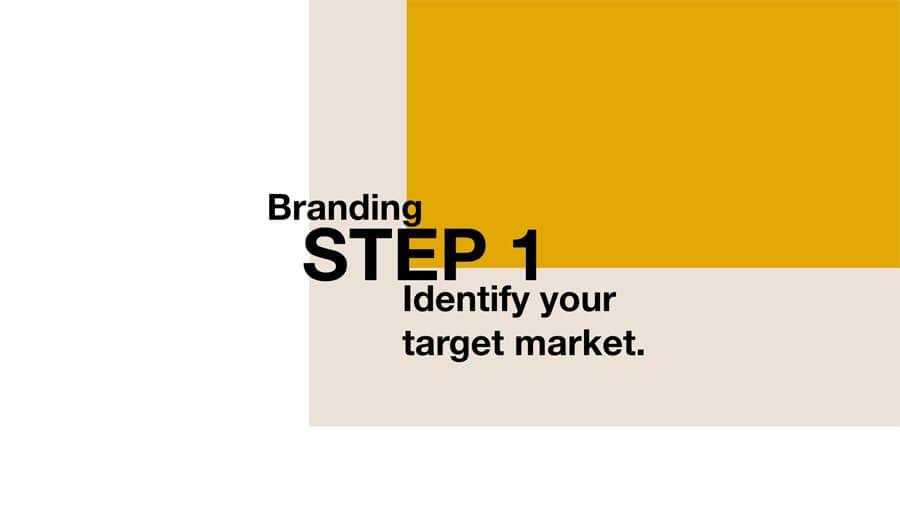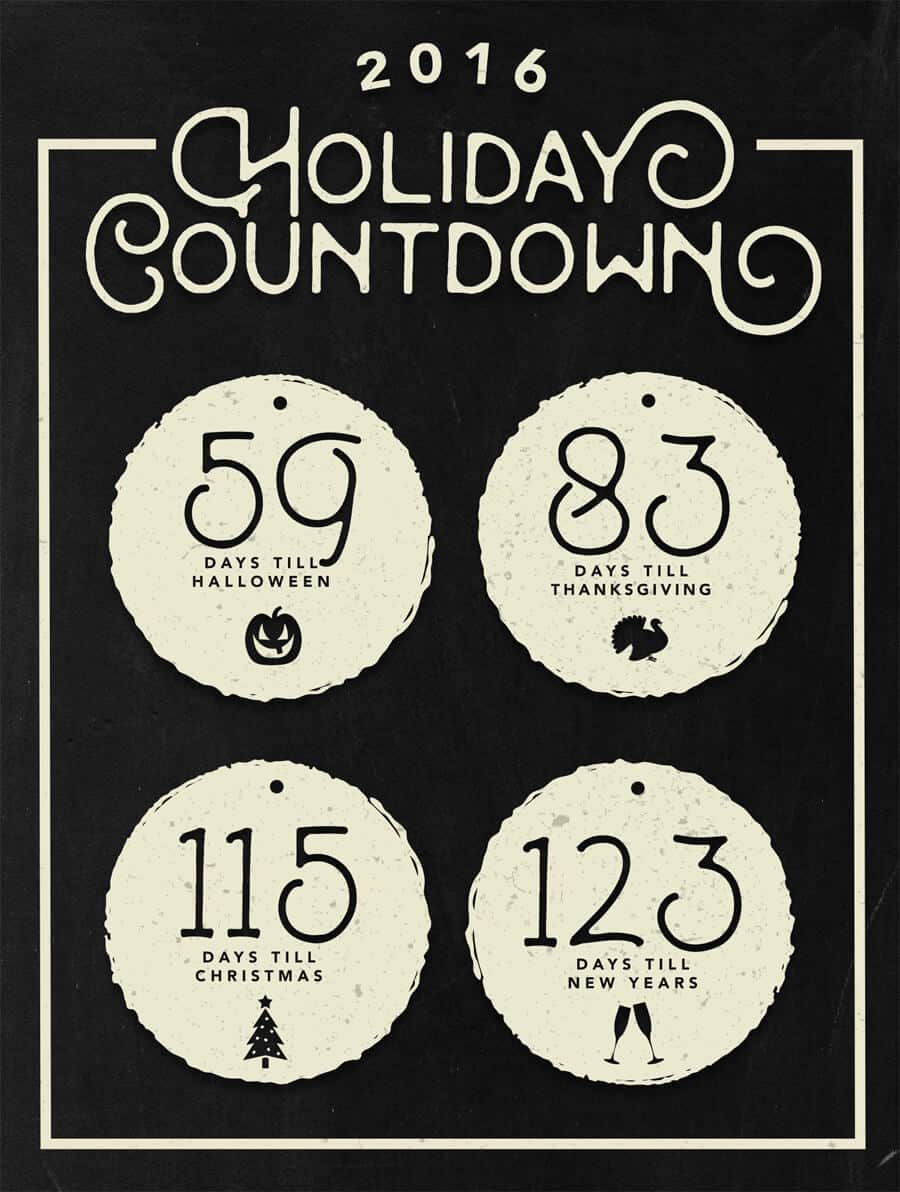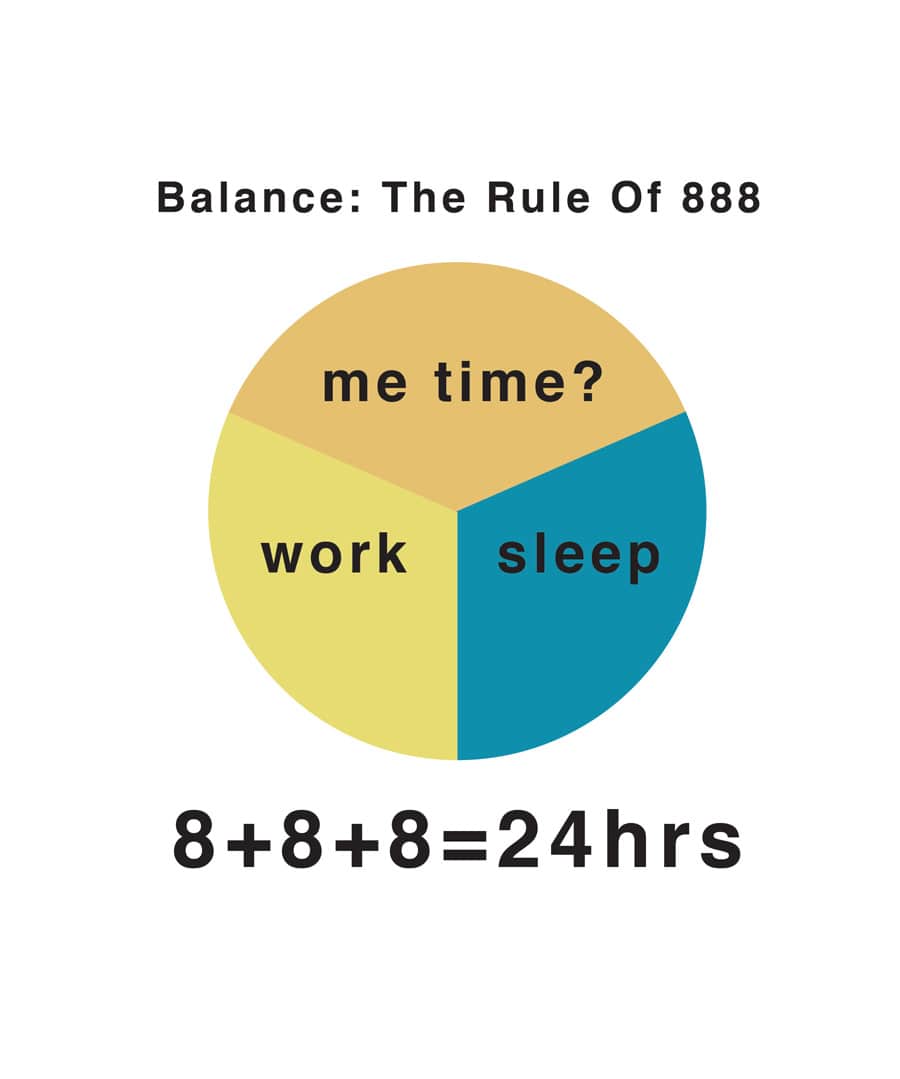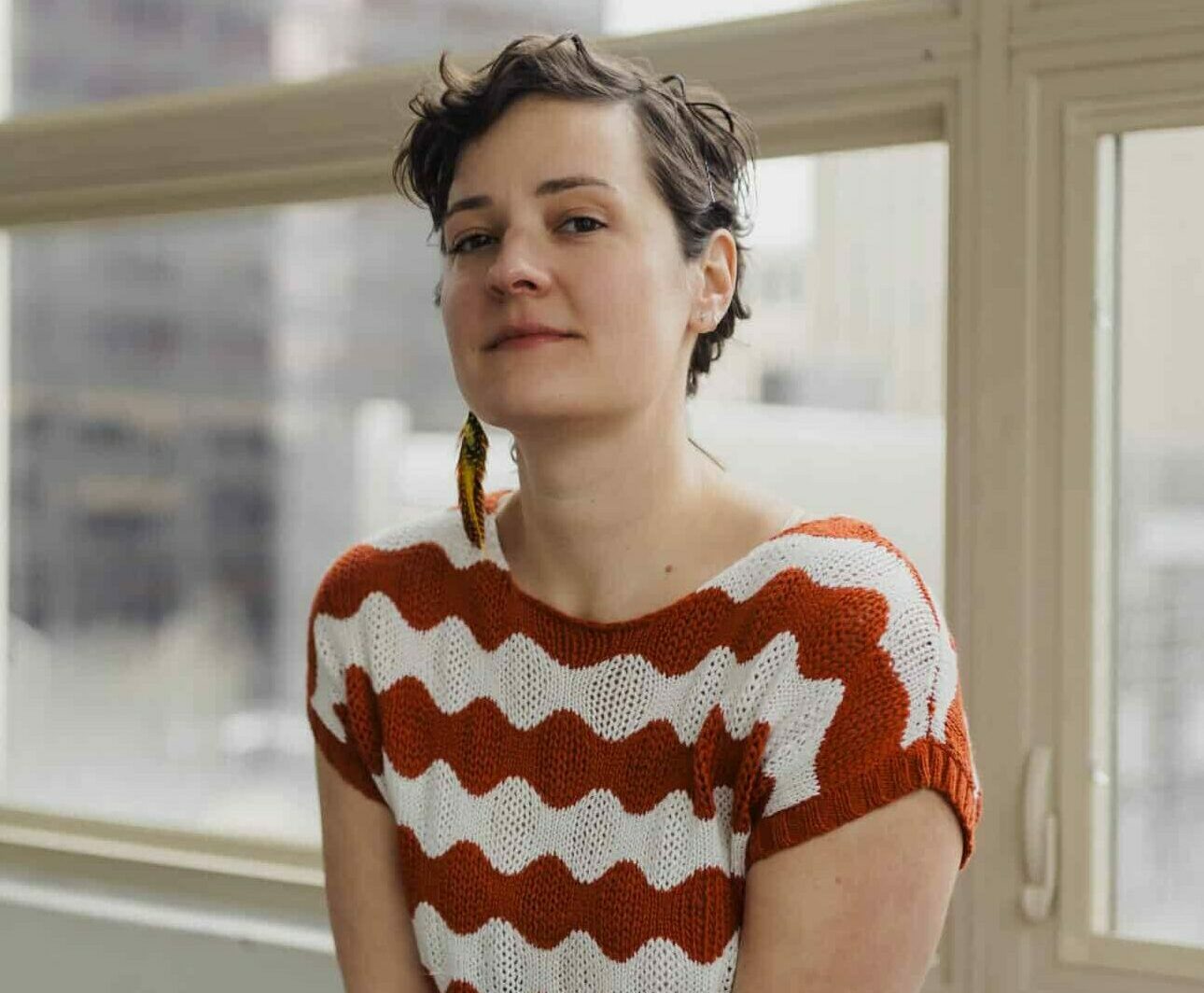I talk about brand effortlessly in my line of work, but I thought it would beneficial for others if I shared our six-step process on how to brand a business.
Step 1:
Identify your target customer:
This is huge, everyone!! DO NOT skip this step. This is the secret sauce to every successful brand. You have to know who your ideal customer is before you can do anything else. If you are thinking your target market is everyone aged 3 to 93, I am sorry, but you are wrong. While everyone from 3 to 93 might be able to enjoy your products, that is not who we are going to target. If that were the case, you would have to have everything printed in very large font for your 93-year-old customers and use cartoon characters to attract your 3-year-old customers. The outcome would be a mess. Narrow it down to sex, age range, geographic location, and income level. That is the best place to start.
Step 2:
Develop a profile around your customer:
This means developing the target customer you identified in the first step. I like to take the broader set of characteristics (age, sex, location, etc.) and narrow it even further to specify a very small pool of people. By creating a profile for your number one ideal customer, we are able to use that as a reference in making all other decisions when it comes to the brand. Basically, we ask, would that person like this or that?
Step 3:
Design a logo and draft a mission statement: I like to do these two (both very important) steps at the same time because ideally, the logo should draw from the mission statement. Work with a professional designer on your logo (make sure you are going to get a logo set; you can learn about what a logo set is here) at the same time you are working on your mission statement. Remember that dream customer during this process—a lot of people tend to want to do something they like, but that’s not necessarily what their ideal customer would like. That is a big fail unless you happen to be your ideal customer. If you don’t know where to start or are having a hard time with your mission statement, you can easily hire a branding professional or content writer to assist.
Step 4:
Create a style guide and brand positioning: A style guide is the blueprint for your brand. When you hire a professional designer, they might include that with their branding package. If they don’t, ask if they can make you one. You can learn more about what a style guide is in this post. It will be a lifesaver as your business grows and you need to sub out work.
Step 5:
Expand on all creatives: This step is where you will start to think about all the other assets you are going to need for your business, from shopping bags to store displays to menus—you name it. If it has anything to do with your business, both visual and verbal, you should take it into account. That includes preparing press kits and other printed material.
Success! Your ideal customer comes to your establishment or buys your product; in short, you have succeeded!







